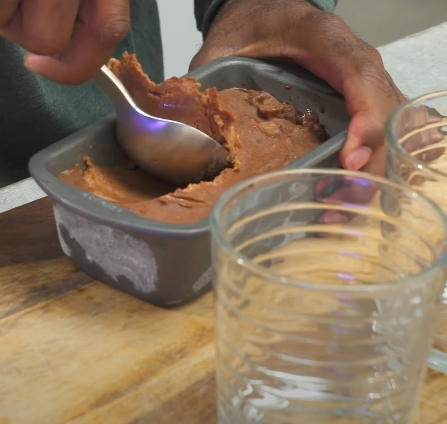The synergistic combination of sports nutrition and performance training – such as resistance exercise (RET) – have been a winning, research-based combination for many years. One of the most important, intended results is the increase (hypertrophy) of lean body mass (LBM).
One aspect of the sports nutrition objective of muscle hypertrophy, once the proper macro & micro dietary component is put into place, is the medically approved use of nutritional supplements to facilitate muscle repair and growth.
Whey protein, specifically whey isolate, has a high essential amino acid content, including the anabolic branch chain amino acid leucine, which stimulates muscle protein synthesis (MPS) and promotes hypertrophy.
According to “The Effect of a Multi-Ingredient Supplement on Resistance Training-Induced Adaptations,” which appeared in the August issue of Medicine & Science in Sports & Exercise, “leucine is a critical amino acid for increasing MPS and suppressing muscle protein breakdown. It is unique among amino acids in its ability to independently stimulate MPS through activation of the mechanistic target of rapamycin complex 1 pathway.”
In my book, Lean & Hard – the body you always wanted in 24 workouts, which was based on an applied, six-week research study, during my prior tenure as an Associate professor in the School of Public Health and Preventive Medicine at the LSU Health Sciences Center, RET, in combination with whey protein and other medically approved nutritional supplements, was demonstrated to be effective at augmenting lean body mass (LBM) and muscle strength.
The Medicine & Science study authors, from the Department of Kinesiology, McMaster University and the Toronto Rehabilitation Institute in Canada, comment that, “ingredients such as creatine, vitamin D, and calcium citrate are widely utilized and often studied together, showing an improvement in lean tissue mass and lower body strength in conjunction with resistance training.
What’s been missing, according to the study authors, has been that few studies have included female participants, with emphasis on the effect of nutritional supplements on muscle hypertrophy is women.
As a result, the Canadians, in their double-blind, randomized, controlled trial, chose to, “determine whether there is an augmented effect of a multi-ingredient, nutritional supplement on skeletal muscle hypertrophy and strength in male and female adults involved in a 10-wk linear resistance training program” – compared to a placebo supplement containing the equivalent amount of nitrogen (what amino acids net) and non-essential amino acids.
It was speculated that, “the combined effect of whey protein, leucine, creatine, calcium citrate, and vitamin D, in addition to resistance exercise, would induce hypertrophy and increases in strength to a larger degree than resistance training with the placebo supplement in healthy young adults.”
Creatine was included in the study protocol, resulting from its ability to increase muscle mass and strength with resistance training (as was the case with my study) in younger and older adults. “Vitamin D, and calcium citrate are widely utilized and often studied together, showing an improvement in lean tissue mass and lower body strength in conjunction with resistance training,” note the Canadians.
Then study group included twenty-six (13 male, 13 female) healthy young adults – average age of 22 – who were randomized to either the SUPP (supplement) group (13 participants; 20 grams (g) of whey protein, 2 g leucine, 2.5 g creatine monohydrate, 300 mg calcium citrate, 1000 IU vitamin D) or the PL (placebo) group (13 participants; 20 g collagen peptides, 1.4 g alanine, 0.6 g glycine) groups, ingesting their respective supplements twice daily.
Measurements – including dietary assessment, body composition, ultrasound muscle thickness & cross-sectional area (CSA), muscle fiber type & CSA, were obtained before and after a 10-week, linear, progressive RET program, which included weekly training blocs of 4-days per week (two alternating upper & lower body resistance exercises).
The exercise selection on Monday and Thursday included squat, deadlifts, lunges, hamstring curls, leg press, calf raise, and leg extension. Tuesday and Friday included bench press, standing military barbell press, incline dumbbell press, single-arm row, seated row, pronated and supinated latissimus dorsi pull-downs, and supinated incline bicep curls – all in progressive variations of 3-5 sets and repetitions of 8-12 – based on an initial 80 percent of the individuals one-repetition maximum.
At the conclusion of the 10-week intervention, the Canadians reported that, “the twice-daily consumption of a multi-ingredient supplement containing whey protein, creatine, leucine, calcium citrate, and vitamin D was effective in augmenting LBM gains and upper-body muscle CSA and thickness, as well as, type II fiber CSA in conjunction with a 10-week RET program,” compared to the placebo group.
Interested in reading more? Check out Edible Mushrooms May Lower Risk of Depression






